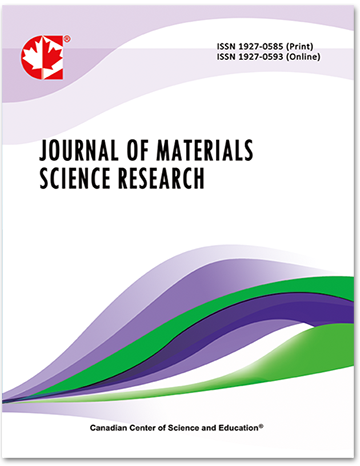Metal Complexes Derived of Diosmin with Biological Activities in vitro
- Maéli M. F. Civa
- Dirceu G. de Souza
- Renata G. Silva
- Dayany da S. A. Maciel
- Ricardo L. Tranquilin
- Susana N. Diniz
- Cristina E. Okuyama
- Márcio L. dos Santos
- Regina M. S. Pereira
Abstract
The coordination of metal ions with flavonoids is applied to improve its pharmacological properties. To evaluate the role of ions on diosmin new complexes with Fe(II), Cu(II) and Co(II) ions were synthetized and characterized by UV, FT-IR and XRD techniques and surface morphology by SEM. The biological activity of coordination complexes in vitro, the antioxidant (ABTS), antibacterial (disc diffusion and MIC) and antitumoral activities (MTT) were analyzed. Diosmin when reacting with Fe(II) at 50ºC loses the sugar molecule becoming diosmetin (D) coordinated at 1D:1Fe ratio. In presence of Cu(II) and Co(II) at the same conditions besides losing the sugar, diosmin loses the methyl group at C4’ and H at C3’, producing a new ligand and complexes at 1D:2Cu or Co ratio, to produce DCu and DCo, respectively. The coordination of Cu and Fe improve the antioxidant activity of diosmin. DCo was the only presented antibacterial activity. Additionally, a specific antitumor effect of diosmin and metal complexes upon human leukemia cells was demonstrated, suggesting an immune regulatory action. The anti-melanoma activity of DCo is 10 times better than diosmin. Metal coordination could be used to improve drug activity and to give direction to a new possibility of clinical use for diosmin.
- Full Text:
 PDF
PDF
- DOI:10.5539/jmsr.v9n1p10
Journal Metrics
Impact Factor 2022 (by WJCI): 0.583
Google-based Impact Factor (2021): 0.52
h-index (December 2021): 22
i10-index (December 2021): 74
h5-index (December 2021): N/A
h5-median (December 2021): N/A
Index
- CAS (American Chemical Society)
- CNKI Scholar
- Elektronische Zeitschriftenbibliothek (EZB)
- EuroPub Database
- Excellence in Research for Australia (ERA)
- Google Scholar
- Infotrieve
- JournalTOCs
- LOCKSS
- NewJour
- PKP Open Archives Harvester
- Qualis/CAPES
- SHERPA/RoMEO
- Standard Periodical Directory
- Universe Digital Library
- WJCI Report
- WorldCat
Contact
- John MartinEditorial Assistant
- jmsr@ccsenet.org
